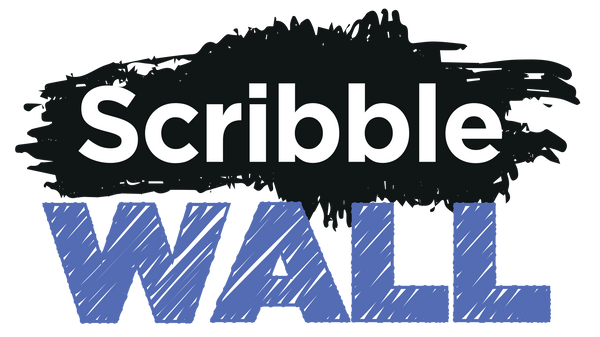
Writable Desks
Carl WilkinsonShare
Writable desks are commonly found in educational settings, collaborative work environments, or spaces where brainstorming and idea generation are encouraged. They offer a convenient and interactive way for individuals or groups to visualize concepts, share information, and engage in creative thinking. Writable desks can be particularly useful during meetings, group discussions, or project collaborations, as they provide a large and accessible writing surface that can be easily modified and shared among participants.
Some writable desks may have additional features, such as built-in markers or storage compartments for writing utensils, to enhance their
benefit of writable desks in the classroom
Writable desks in the classroom offer several benefits for both teachers and students. Here are some advantages of using writable desks in an educational setting:
-
Enhanced Collaboration: Writable desks promote collaborative learning by providing students with a shared space to express ideas, solve problems, and work together. Students can easily write and draw on the desk surface, allowing them to brainstorm, create diagrams, or illustrate concepts collaboratively.
-
Visual Learning: Writable desks support visual learning strategies. Students can visually represent their thoughts and concepts, making abstract ideas more concrete and understandable. Visual representations on the desk surface can aid in comprehension, retention, and information recall.
-
Active Engagement: Writable desks encourage active student engagement. By actively participating in writing and drawing on the desk, students become more involved in the learning process. This hands-on approach can help increase student motivation, attention, and overall participation in classroom activities.
-
Immediate Feedback: With writable desks, teachers can provide immediate feedback to students. They can review and discuss the content written on the desks, correct misconceptions, and provide guidance and suggestions in real-time. This instant feedback loop supports student learning and understanding.
-
Flexibility and Adaptability: Writable desks offer flexibility and adaptability in lesson delivery. Teachers can quickly adapt their teaching materials to suit the needs of the students by writing directly on the desks. They can illustrate concepts, draw diagrams, or create visual cues to cater to different learning styles and reinforce key ideas.
-
Cost-Effective: Writable desks can be a cost-effective alternative to traditional whiteboards or chart papers. Instead of investing in separate whiteboards or chart paper rolls, the desk itself serves as a writable surface, eliminating the need for additional materials.
-
Sustainability: Writable desks contribute to environmental sustainability by reducing paper waste. Instead of using disposable paper sheets, students can write and erase directly on the desk surface, minimizing the consumption of paper resources.
Overall, writable desks foster active learning, collaboration, and visual representation of ideas in the classroom, creating an interactive and dynamic educational environment.
